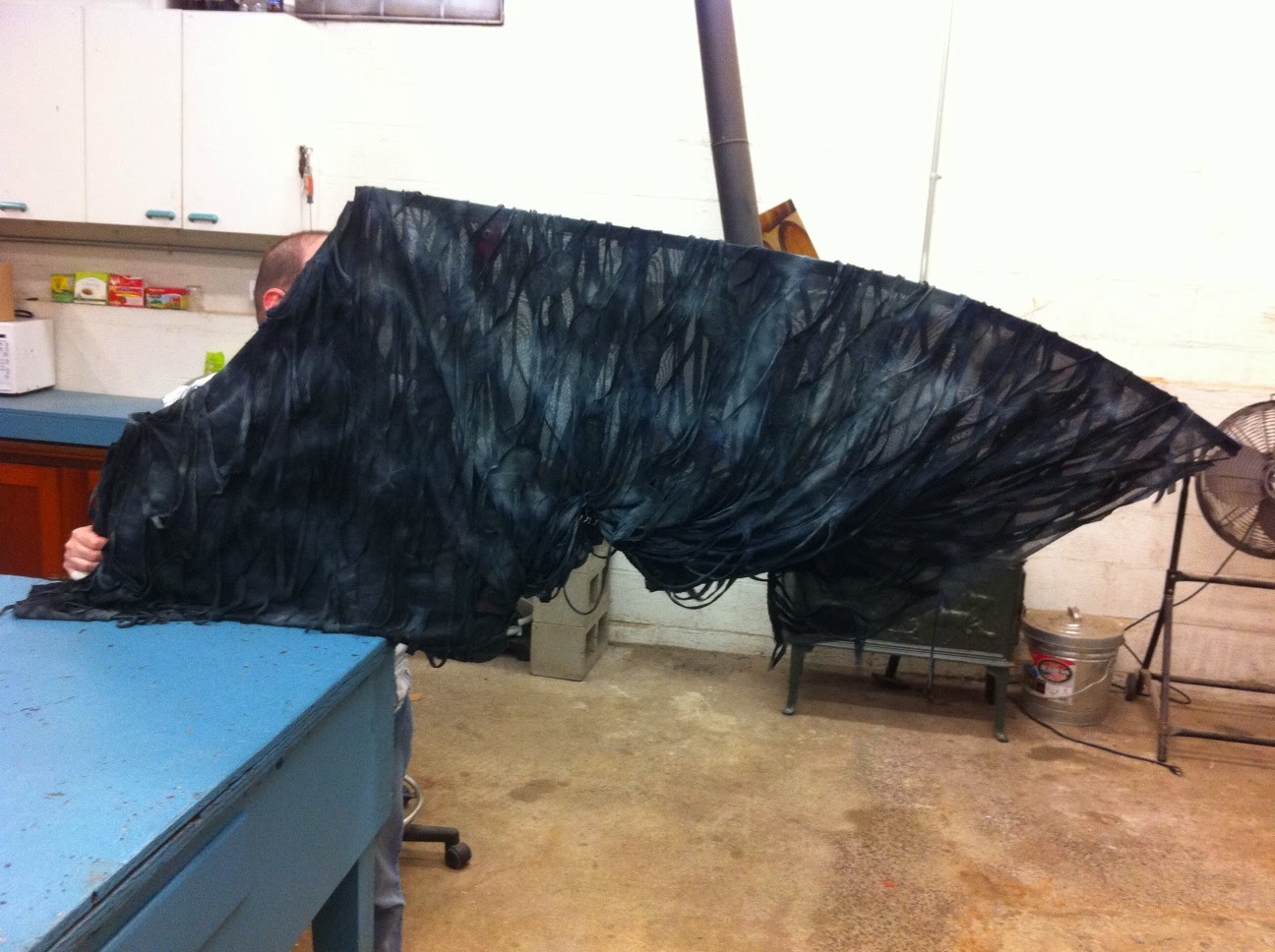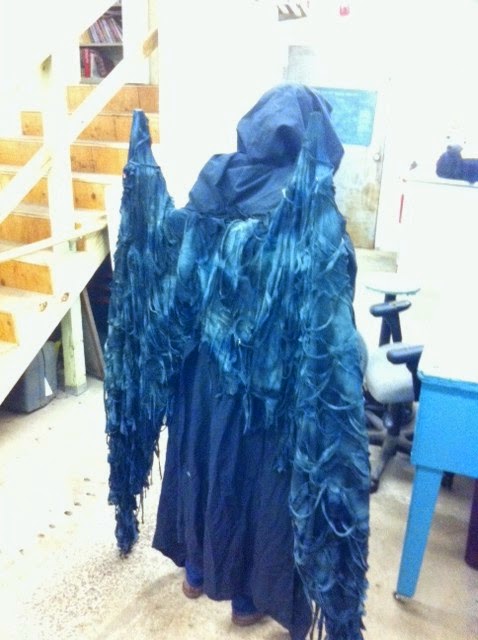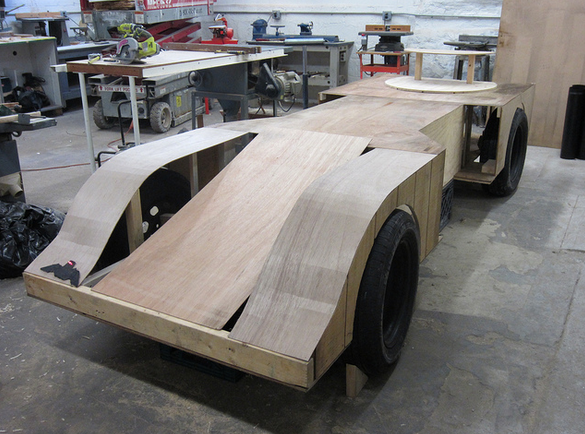Last summer, one of my tinkering buddies, Miranda, and I built an FDM-type 3D printer that extruded chocolate instead of plastic. We drew heavily from the work of Jonathan Keep, who had previously been working on extruding other paste materials but took a side-trip into chocolate. Actually, it would be more fair to say that we used his process as a baseline to work from; aside from some custom 3D printed parts in the extruder and the fact that we used a different delta design, we essentially replicated his experiment.
 |
| Photo courtesy of Dover Mini Maker Faire |
In our case, I wanted to keep weight on the effector as low as possible - that could mean forcing material over a tube, but in the case of chocolate, that would require keeping the whole tube heated, which is possible but complicated. Keeping the material reservoir on the head was possible, but bringing the weight of the stepper motor along with it (as is the case with several other designs) was not a compromise I wanted to make. We then discussed driving the mechanism removely using a flexible drive shaft like a speedometer cable, which might also offset some of the effector weight since the cable is a bit springy.
That lead to some sketches:
Discussions, test fittings, revisions, additions from other Makerspace members resulted in this:
The stepper drives the Dremel flex shaft adapter which turns the screw, driving it downward, and pushing the plunger which extrudes the material in the syringe.
The upper backplate/cable support, the syringe holder, and the plunger are 3D printed. The mechanism is made using 6mm linear shafting and bearings (which just snap in, thanks for that idea Paul), a section of 1/4" ACME threaded rod and captive nut, and miscellaneous hardware. No coupler was needed to mate the Dremel tool holder to the ACME rod, but I did need to turn it down to 1/8" diameter in the lathe. The coupler from the stepper motor to the other end of the flexible shaft had to be machined from scratch.
The pivot between the screw drive and the plunger isn't properly centered, leading to an unfortunate amount of friction, and the Dremel flexible shaft drive is a little more springy than it seemed at first, but aside from that, it appears to be viable. Hopefully we'll be able to do some test runs soon.
8/30/2015 update:
The parts to construct this extruder are now available on Thingiverse [link] and a video of the printer in action is available on Youtube [link].
































